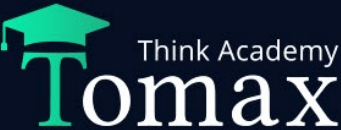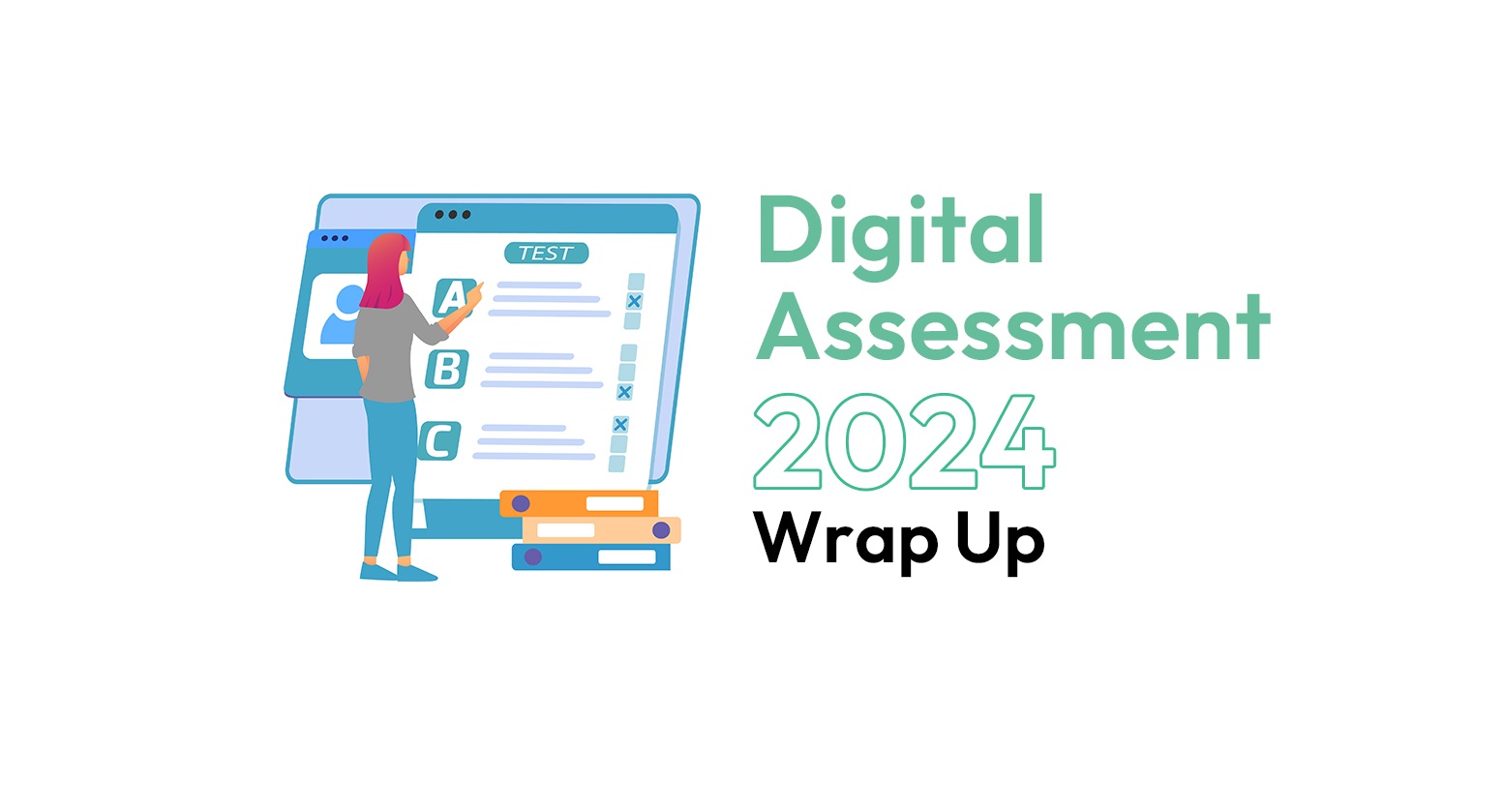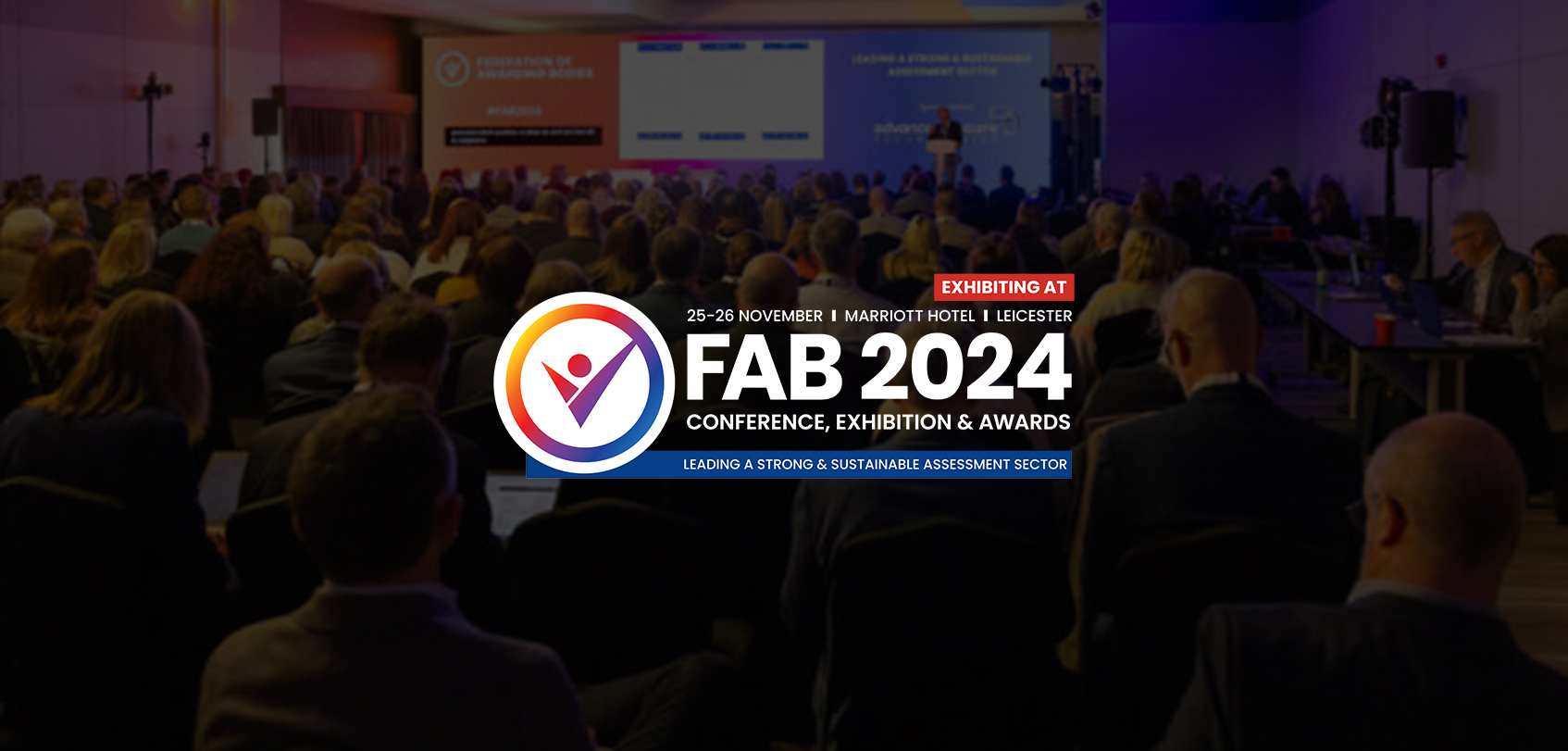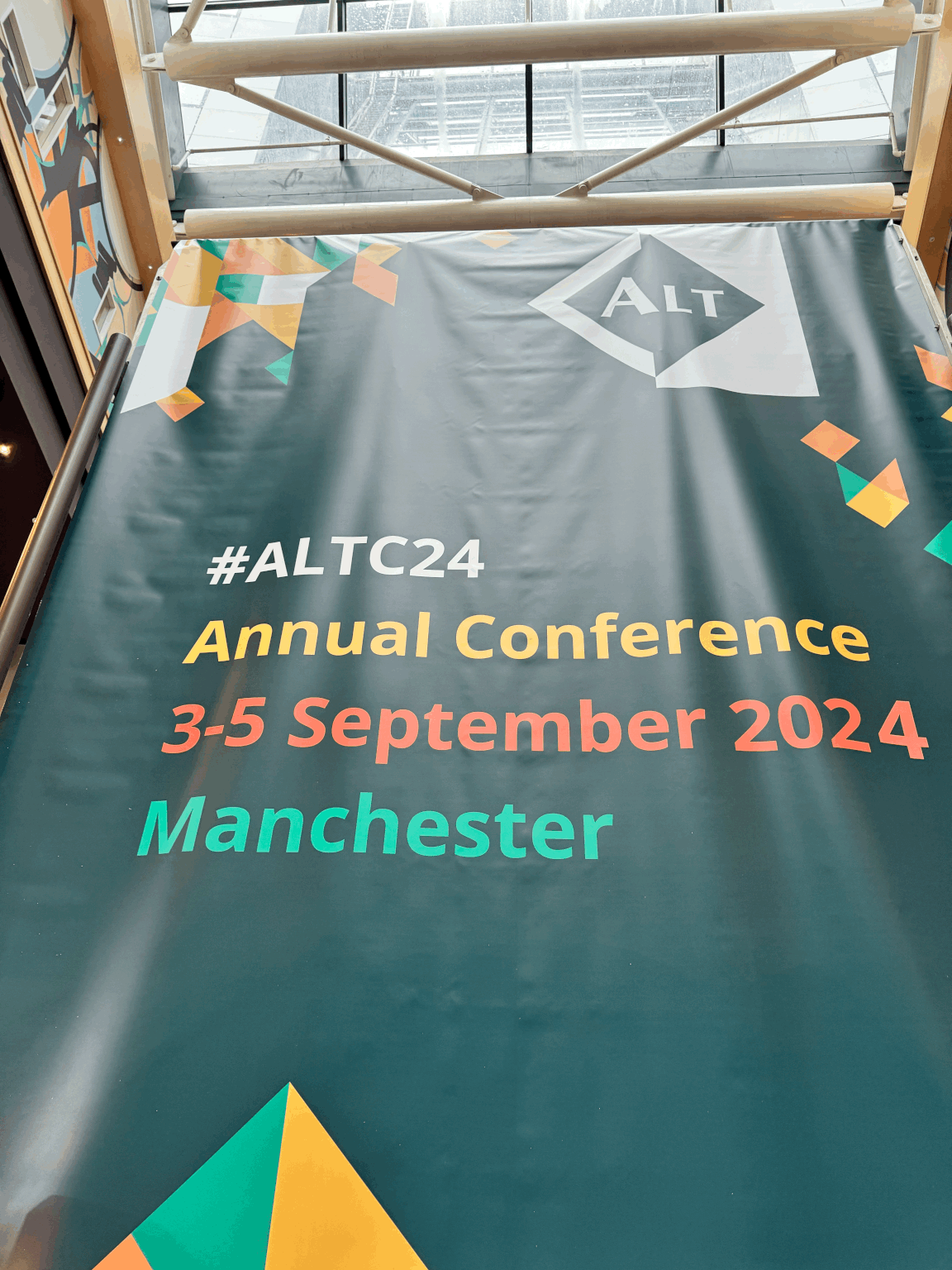Assessment Transition
1. Change Management in Education Technology
This isn’t just about introducing new tools; it’s about transforming educational practices and cultures. Challenges like resistance to change, technological adaptation, and workflow integration are common. Addressing these requires a nuanced approach:
-
Empathy and Education: Understanding the apprehensions and challenges faced by educators and administrators is crucial. Tailored training sessions and open discussion forums can help in addressing fears and encouraging adaptation.
-
Vision Sharing: Aligning all stakeholders to a common goal by clearly communicating the benefits and long-term gains of digital assessments, such as enhanced fairness, improved accessibility, and richer data insights, can motivate and drive change.
-
Building Trust: Establish trust through transparency by regularly sharing updates about the changes and expected outcomes. This includes acknowledging potential downsides and discussing mitigation strategies, which can further ease the transition process.

“Implementing regular feedback mechanisms help in understanding stakeholder concerns and experiences, facilitating better decision-making and adaptions to the project.”
2. Project Management Strategies for Successful Implementation
Project management in the context of digital assessment involves meticulous planning and execution. Here are some strategies that have proven effective:
-
Appoint a Project Manager: The first and most important step is to appoint a project manager from within the institution, someone responsible for gathering and managing all the information related to the transition. This ensures that the process is carried out systematically and that there is someone within the institution who can provide answers to everyone.
-
Provider Project Manager: It is equally important to ensure that the external service providers also appoint a dedicated project manager. They should be experienced in handling changes, can provide you with all the information needed, and act as the intermediary between you and other departments in the external organisation.
-
Agile Implementation: Adopting an agile approach allows for flexibility in project management. By implementing in iterations, institutions can see quick wins and adjust plans based on real-time feedback.
-
Resource Allocation: Ensuring adequate resources, including time, budget, and human capital, are allocated to the project. Regular risk assessments can help in preempting potential obstacles.
-
Strategic Milestones: Define clear, achievable milestones within the project timeline. Celebrating these milestones helps maintain momentum and keeps the team motivated throughout the project.
3. Collaborative Strategies with Educational Institutions
Successful implementation of digital assessments requires a partnership approach. Building a strong relationship with institutions involves:
-
Regular Engagement: Setting up routine check-ins and update meetings to discuss progress, challenges, and next steps.
-
Joint Problem Solving: Working closely with institutional staff to troubleshoot issues as they arise, ensuring solutions are tailored to their specific needs and environments.
-
Empowering Champions: Identify and empower key influencers within institutions who can champion the digital assessment initiative. These champions can facilitate smoother adoption and act as liaison points between the project team and the institution.
4. Stakeholder Engagement and Communication
Engaging stakeholders effectively is key to a smooth transition:
-
Diverse Communication Channels: Utilise various communication channels to reach different groups, including newsletters, webinars, and dedicated support channels.
-
Feedback Mechanisms: Implementing regular feedback mechanisms helps in understanding stakeholder concerns and experiences, facilitating better decision-making and adaptations to the project.
- Continuous Education: Offer ongoing educational opportunities and resources to stakeholders to keep them informed about digital assessment technologies and practices, enhancing their comfort and competence with the new systems.
5. Monitoring Progress and Adjusting Strategies
To ensure the project stays on track and meets its objectives:
-
Performance Metrics: Establish clear metrics for success at the onset of the project. These could include user adoption rates, satisfaction scores, and academic outcomes.
-
Adaptive Planning: Be prepared to refine strategies based on ongoing feedback and performance against set metrics. This dynamic approach allows for continual improvement and alignment with institutional goals.
-
Iterative Feedback Loops: Implement iterative feedback loops that allow for continuous collection and analysis of data. This enables real-time adjustments and helps the project adapt to evolving needs and challenges.









